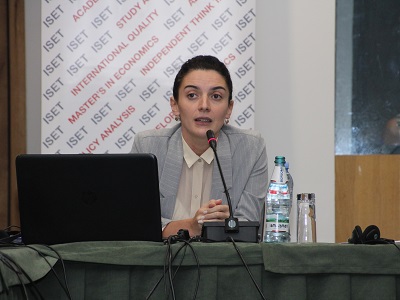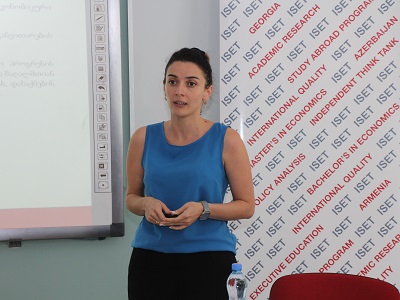- Details
The country’s extensive mountainous regions are justly famous and a particular point of focus for travel writers and producers, but their touristic appeal is somewhat offset by the lack of development, especially when compared with the capital or other major cities. In recent years, the government has attempted to address this disparity, but a significant amount of work remains to be done.
This was the focus of a presentation given by the APRC’s Salome Gelashvili at the National Conference on Regional Development, held at the Holiday Inn hotel on September 18th. During her presentation, Salome examined the shortcomings in the development of the country’s mountainous regions, and how these might be best addressed.
- Details
On July 19, the APRC’s Salome Gelashvili presented the results of the study “Competitive advantages of mountainous regions of Georgia” to representatives of both state and civil society organizations. The study was conducted in collaboration with the Georgian Institute of Public Affairs (GIPA) with financial support from theUnited Nations Development Program (UNDP), the Swiss Agency for Development and Cooperation (SDC), and the Austrian Development Cooperation (ADC).
The goal of the research project was to support the elaboration of informed and evidence-based regional policies aimed at the development of mountainous regions of Georgia. In order to achieve this goal, the primary objective of the study was to identify gravity centers and functional regions in Georgia, as well as priority economic activities and sectors with high potential for economic growth in mountainous areas. The research team studied factors affecting the competitiveness of the prioritized sectors and developed recommendations for local and central government representatives.












